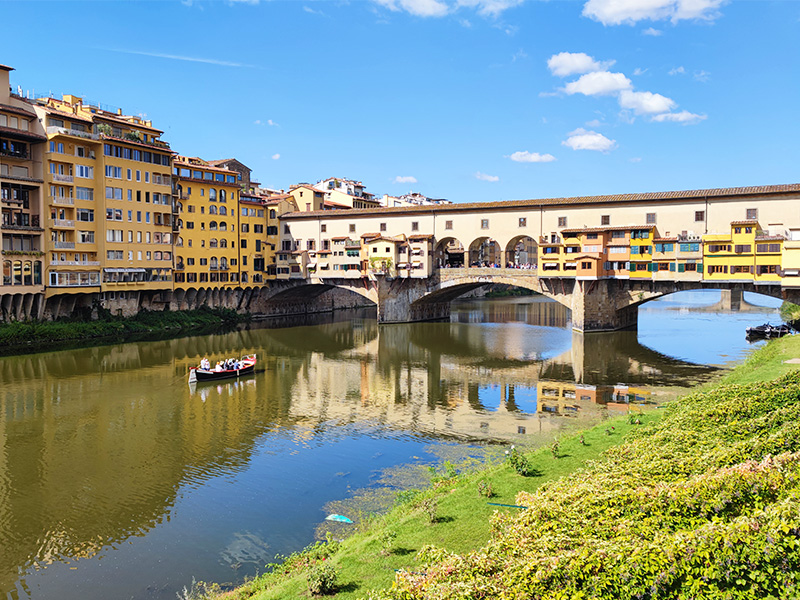Hard to believe but true: even a small city like Florence has its own neighborhoods. If Florence was to be incorporated into cities like New York or Los Angeles, it would by itself be considered a single neighborhood. In this world, or rather in this universe (to not disappoint Einstein), since everything is relative, even our little diamond nestled in the Tuscan hills has its own neighborhoods. I’ll tell you more, not only are they present, but they have such a remarkable historical and social relevance that getting to know Florence without visiting all its most well-known neighborhoods is definitely an incomplete experience.

Many of you, I’m sure, have already heard of the “historic football” (Calcio Storico). One of the most brutal sports in the world that is played only in Florence and dates back to 1530. Without going into too much detail, this sport is a mix between football, rugby, and free combat, where the objective is to score as many cacce (goals) as possible by throwing a red ball into a long metal cage at the end of both sides of the field. There are four teams, and they represent the largest and best-known districts and neighborhoods of Florence, which are: Santo Spirito, Santa Maria Novella, San Giovanni, and Santa Croce. Every year, just before the celebrations of the patron saint of Florence on the 24th of June, these four teams, supported by all their fans, compete to the “death” over two games with the aim of crowning themselves as champions of Florence. It is perhaps the most anticipated event by every Florentine to claim and demonstrate their attachment to Florence but above all to their neighborhood.
Today the neighborhoods are obviously very different from what they were 600 years ago, but the spirit and tradition are handed down year after year with pride and a great sense of belonging. Nowadays some neighborhoods like Santo Spirito and Santa Croce are teeming with restaurants and clubs and are therefore considered “the place to be” by young people who during the week, but especially on weekends flock to the streets and squares to socialize and hang out. San Giovanni neighborhood, thanks to the majestic presence of the Duomo Cathedral, is certainly the most popular district of Florence for tourists. This area is also where the worldly known San Lorenzo market is located. Its leather goods stalls, famous all over the world, offer a unique and picturesque route through the heart of the city. The only flaw in my opinion is the tangible loss of authenticity at the expense of an overly touristic orientation when it comes to shops and restaurants. Although, it’s not fair to generalize; in fact, it’s important to point out that the most important shopping streets in Florence, namely via de’ Tornabuoni and via dei Calzaiuoli, are in this neighborhood, just a few meters from the Duomo cathedral.
Finally, there’s the district of Santa Maria Novella, which appears to be, as far as I am concerned, the least engaging, even though it is perhaps the neighborhood that has undergone fewer variations from the past and in which, therefore, is still possible today to find and appreciate the authenticity of small family-run shops, that heroically resist the advancement and consolidation of globalization. This is where, as the name suggests, the train station and the splendid church of Santa Maria Novella are located. An area of arrivals and departures for a city that remains unique over time.

